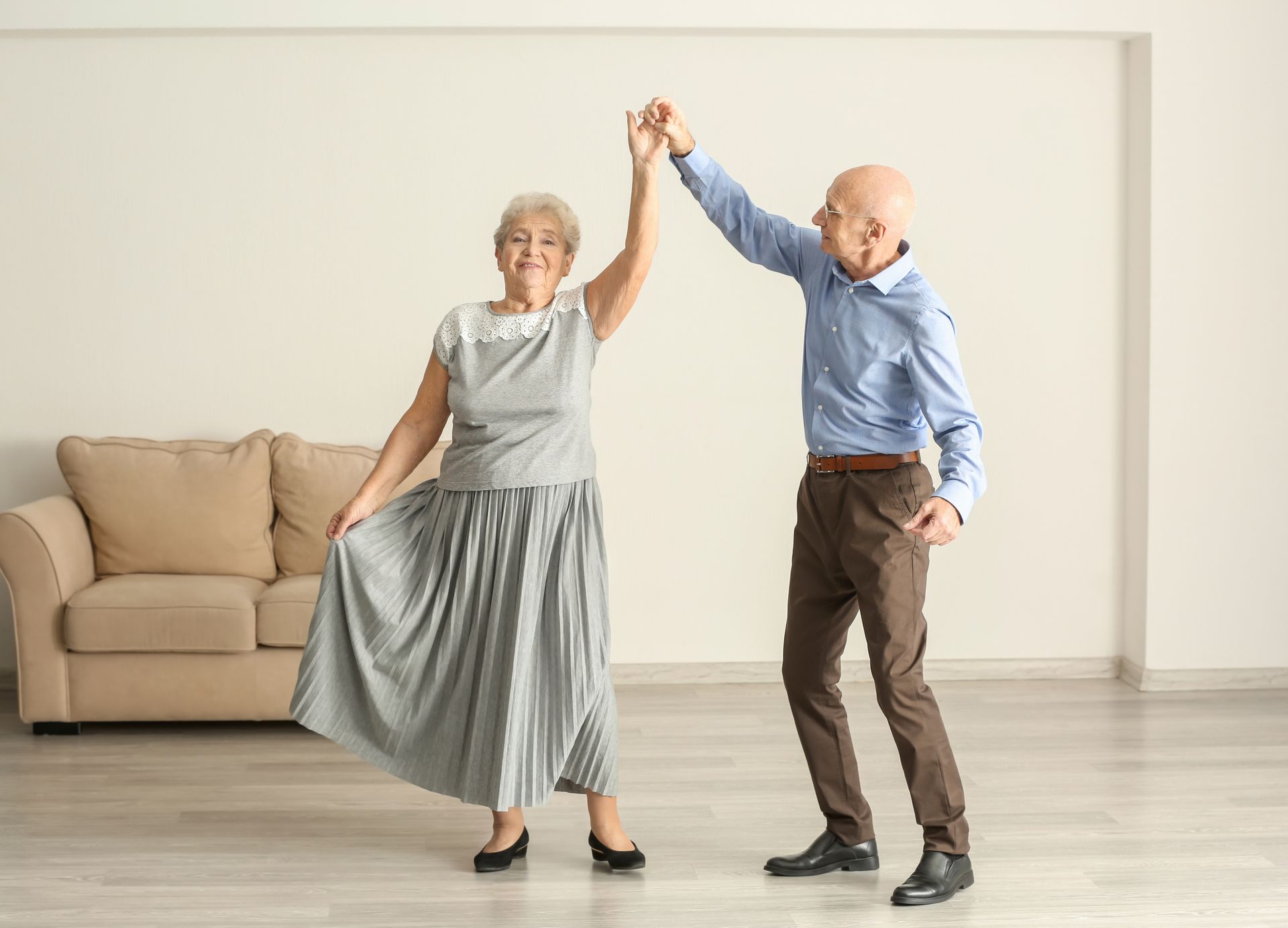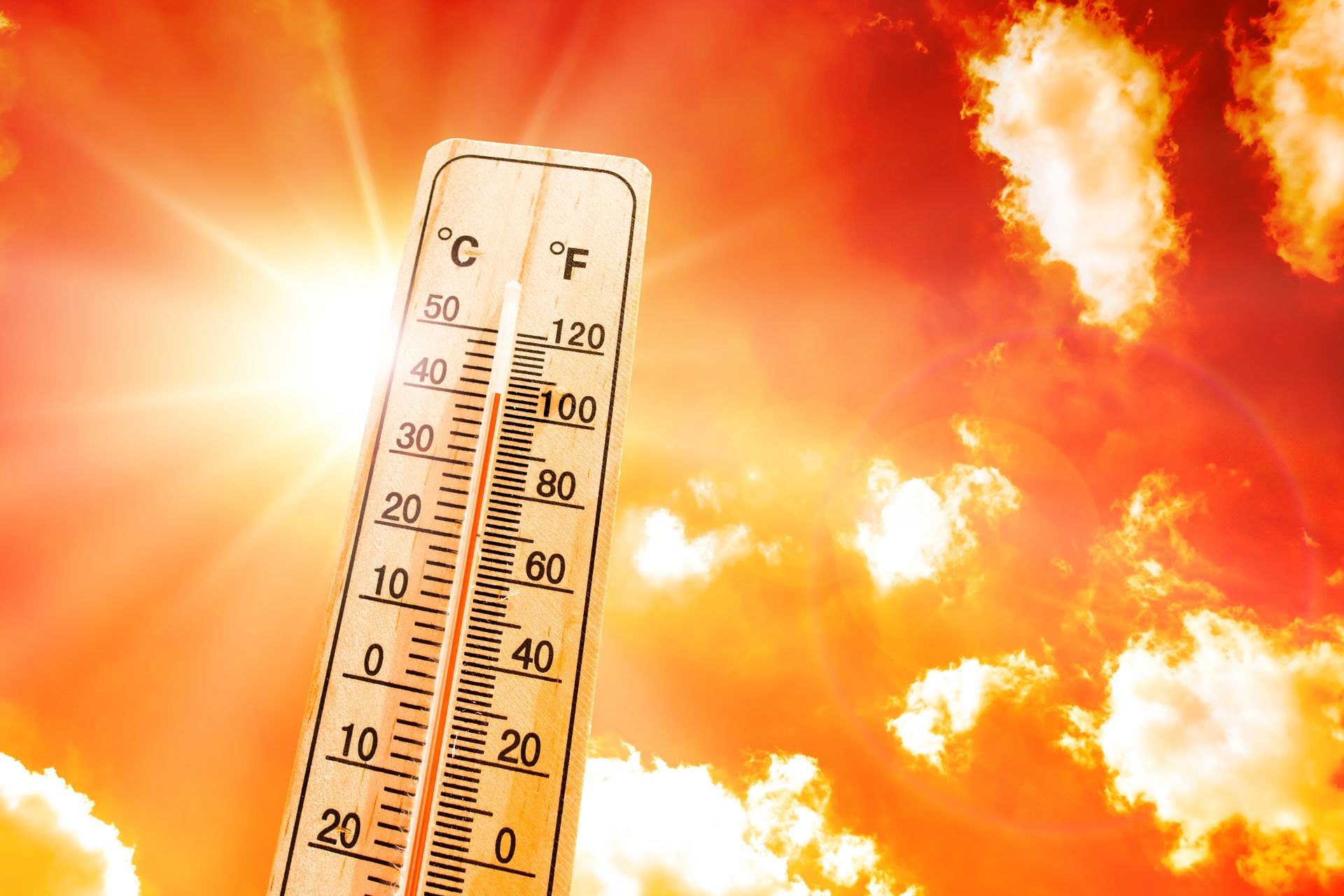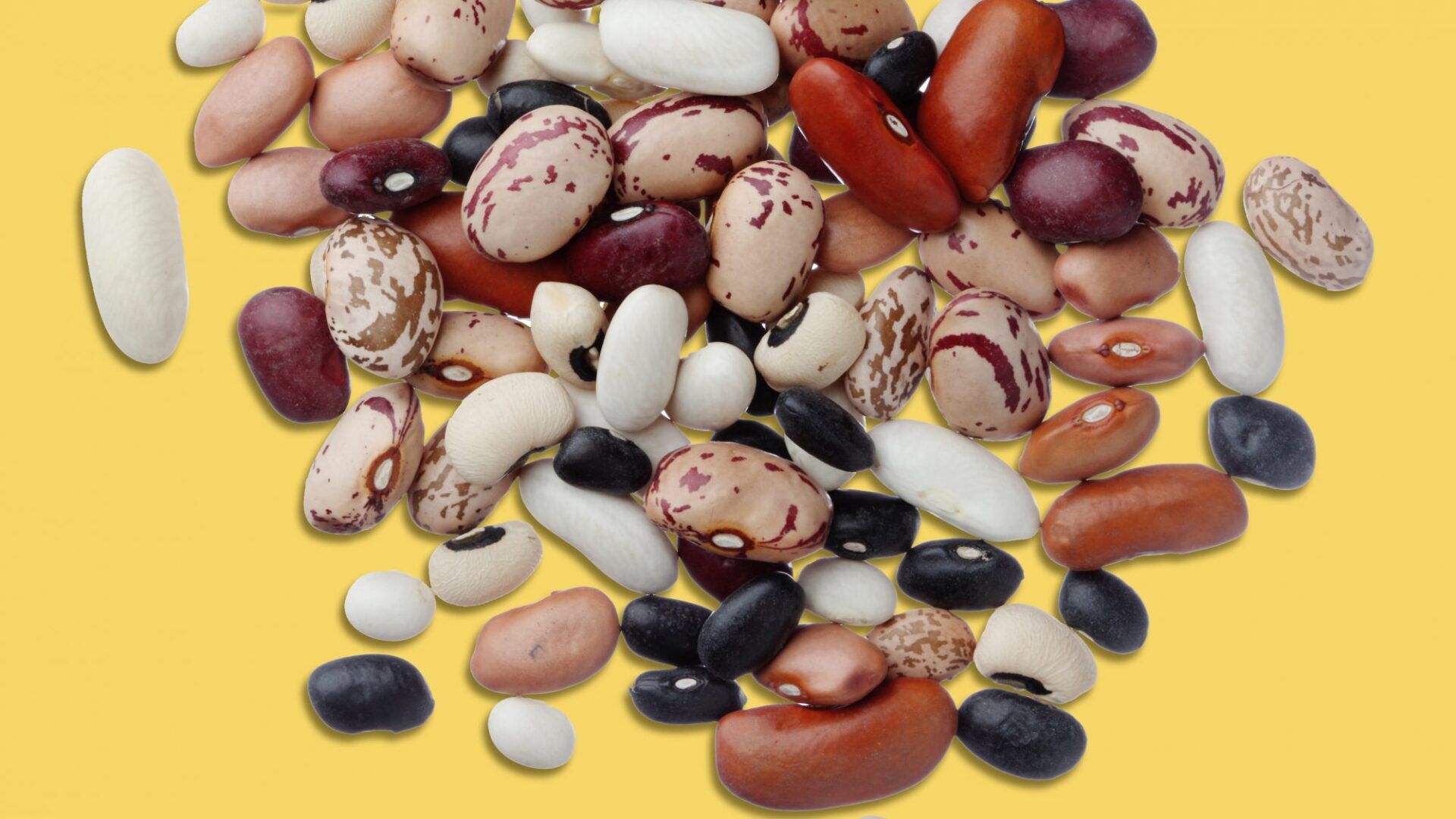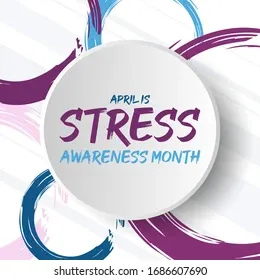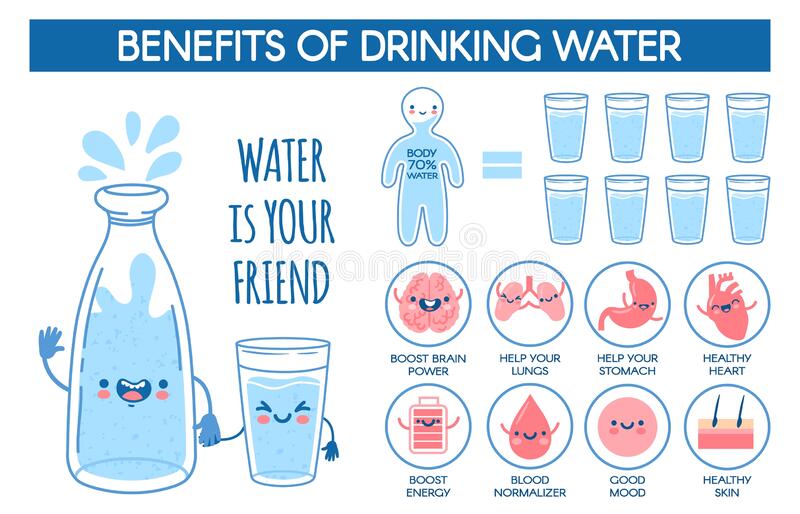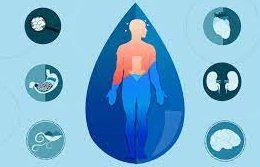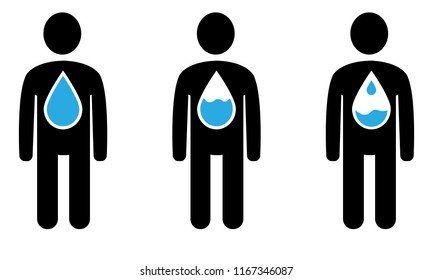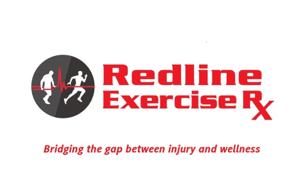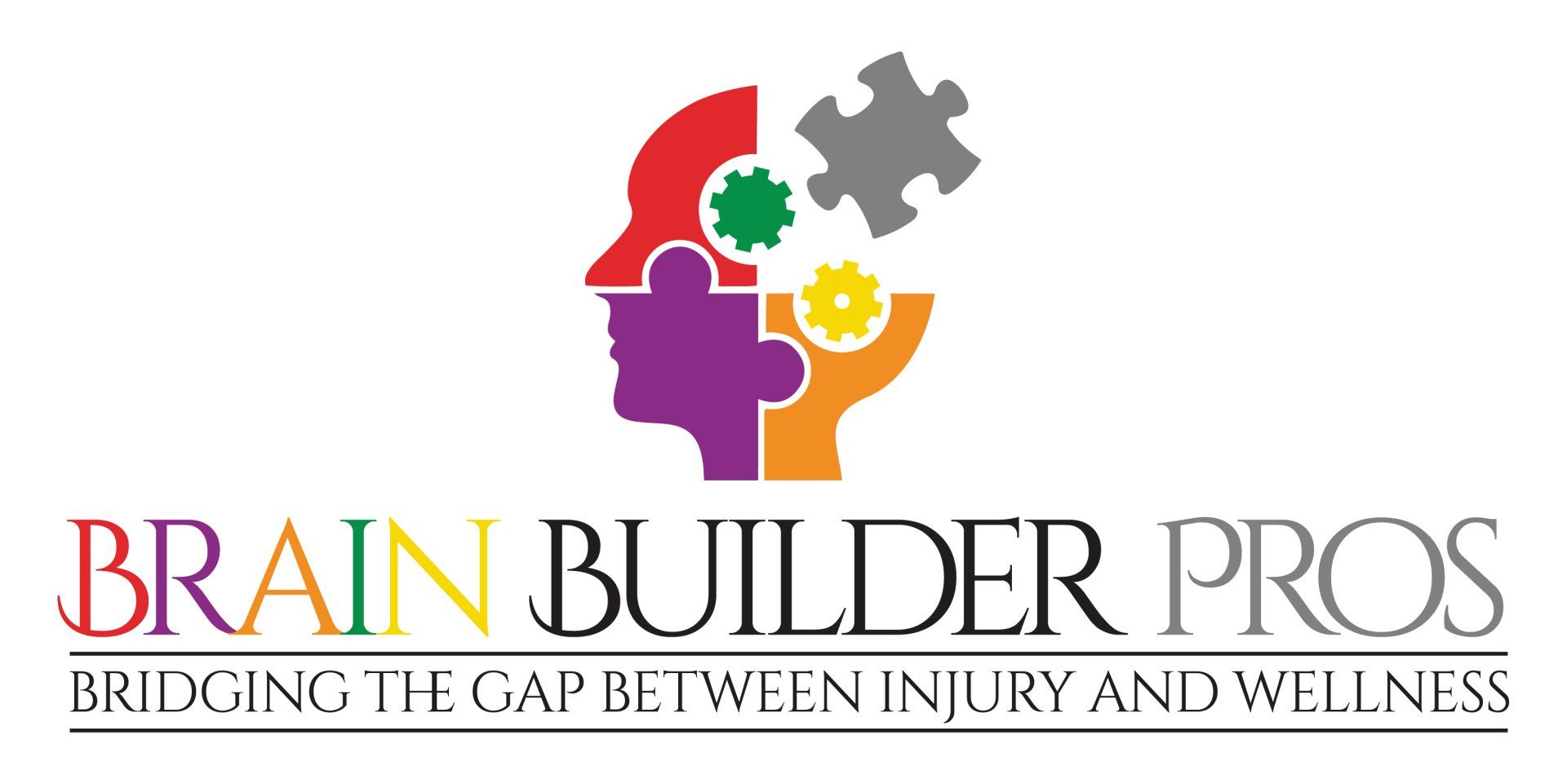What Do You Mean, "Wellness?"
Why the wellness continuum is important
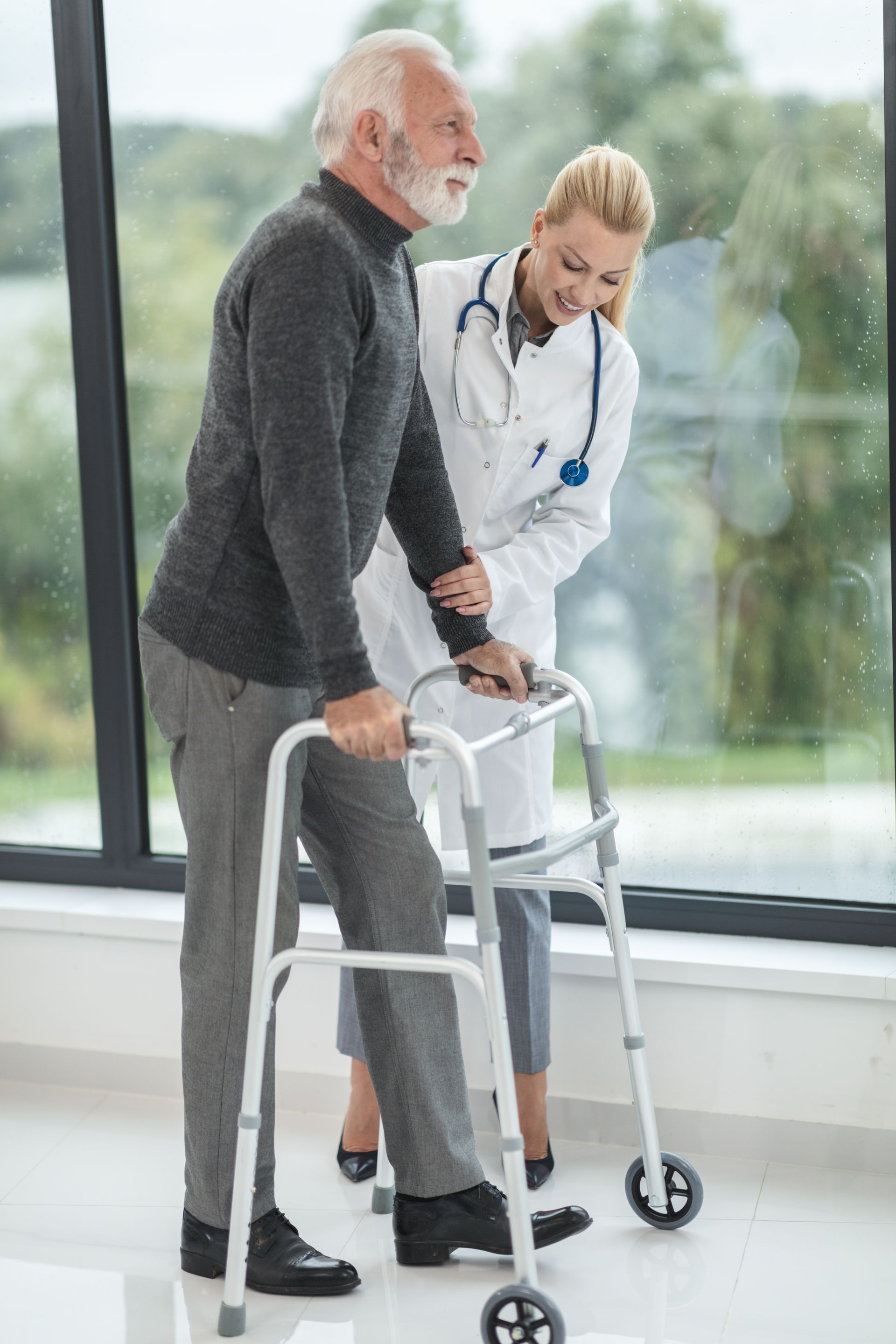
Wellness seems to be a bit of a buzzword in certain circles. Some may even be able to note where wellness has become an entire movement. People everywhere keep dropping the word in various situations and contexts. So, what’s the big deal?
Wellness
Well, it really all starts with how we define wellness. According to the Global Wellness Institute, wellness is “the active pursuit of activities, choices, and lifestyles that lead to a state of holistic health.” Initially, modern physicians began to take the route that it is possible to focus on self-healing and preventative care that is more natural and holistic rather than focused with the aid of pharmaceuticals to treat specific problems. Their idea of wellness, therefore, is that it is a daily practice that leads us to live our best and most functional lives.
However, we must understand that wellness isn’t just about eating the right things and getting enough exercise. Because of its focus on holistic health, it includes multiple interdependent dimensions. According to researchers, 8 identified dimensions include physical, social, spiritual, emotional, intellectual, vocational, financial, and environmental (Stowen, 2017). While it is not natural to “balance” these dimensions by devoting the same exact amount of time and energy to each, we must be careful not to neglect any of them. In other words, we must strive towards living a life where we do put the right amount of energy towards all aspects.
The Wellness Continuum
Wellness also isn’t the same thing as health. Health is a passive state of being. We understand health usually in terms of the presence or absence of disease or illness. In other words, if we are not sick, we consider ourselves to be in good health. However, wellness is more of an active process that we must actively engage in. It creates a focus not just on living our lives each day pain or illness free, but on thriving in all that we do. Thus, wellness is commonly understood to be a continuum where illness is on one far end and optimal wellness is on the other.
According to physician John Travis (1972), this is referred to as the Illness-Wellness Continuum. On the illness side, there are levels that move from the beginning stages of simply poor health in general to the development of a disease. The wellness side, however, moves from good health with regular exercise, good eating habits, and wellness education towards an optimal state of wellness that is continuously developed with active practice. In other words, we can move on this continuum by either falling backwards towards an unhealthy lifestyle that leads to disease, or forwards towards an optimal state of wellness.
Furthermore, we must pay special attention to the middle of the continuum. Travis refers to this as the Comfort Zone. Midrange is usually a good thing. We learned this early on from Goldilocks who thought Baby Bear’s things were the best, neither too hot nor too cold and neither too hard nor too soft. Naturally, we tend to want to be in the middle. The continuum explains this by showing that the middle is where we consider ourselves to be most comfortable in life. If we stay in that zone, we can be in decent health with no major disease or illness immediately plaguing us. However, there is so much more for us to experience! We simply need to step out of that Comfort Zone and experience what it feels like to live a life of optimal wellness to understand that the middle is really subpar.
Additionally, it is key to remember that since wellness is understood as a continuum, we can be moving towards optimal wellness and feeling the wonderful effects no matter where we are at the start of our wellness journey. We can reach optimal wellness by taking just one small step today!
Habits
When we talk about pursuing wellness, we cannot ignore that it is a daily practice. According to research (Stowen, 2017), what we have routinized takes up about 40 % of our day! This testifies to the power of habits to change our lives as routines are simply habits that we have incorporate into our day. And, when we talk about expending energy on our wellness dimensions, it just so happens that habits take less energy than other activities, which typically require more focus and attention to complete.
The only downside to habits is that they can be tough to form. The want or desire to do something regularly is not the same as harnessing the energy to actually do it consistently until it becomes a regular, routinized habit. However, there are some things we can do to help us form the healthy habits we wish we had:
1) Schedule it. Try scheduling your new activity into your day. Putting it on a planner or even setting an alarm on your phone each day can give the push needed for follow through.
2) Stabilize it. We need consistency and stability in completing the activity for it to be a habit, but it can help if we simply have consistency in when it is done. Choosing the same time each day (or on the same day and at the same time for weekly activities) can improve our chances of establishing a new habit quickly and efficiently.
3) Stack it. If 40% of our day is made up of habitual routines, we have plenty of habits we are successfully completing already. Simply pick a habit on which you can build or stack your new habit.
For example, washing our hands after using the restroom is a habit all of us already have and do without much thought. Perhaps after a handwashing we can incorporate an exercise or two from our customized Redline Exercise Prescription. Another habit may be to go to our favorite chair to sit down for a short rest throughout the day. Stack onto that a new habit to drink more water by ensuring that you have a full glass of water each time we make a move there with the intention to finish the glass before we get back up. We’ll be fully hydrated all day long before we know it!
References:
https://globalwellnessinstitute.org/what-is-wellness/
Stowen, 2017 https://www.ncbi.nlm.nih.gov/pmc/articles/PMC5508938/
Travis, 1972 https://www.researchgate.net/figure/Illness-Wellness-Continuum-Source-John-Travis-1972_fig4_342770547

